
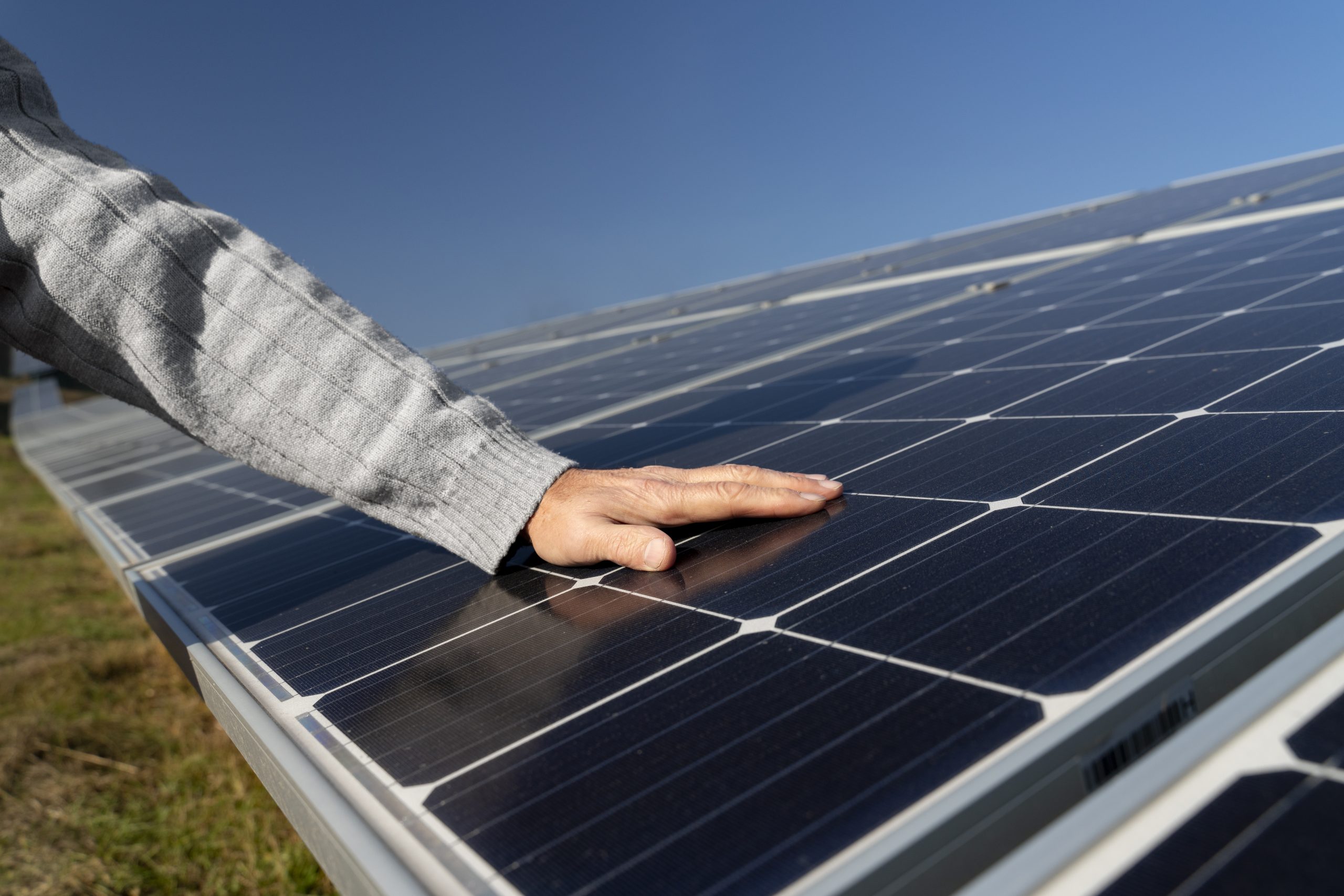


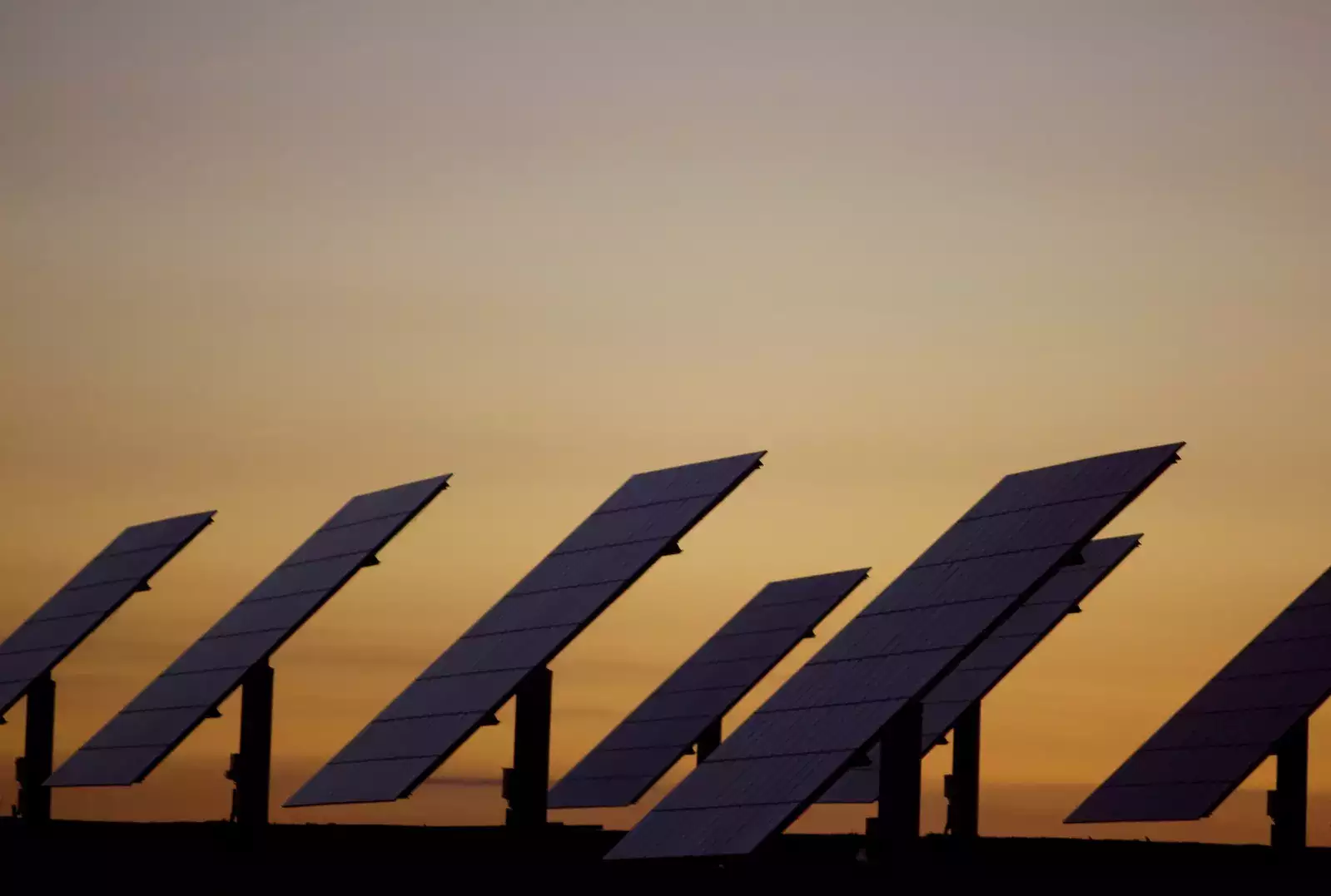
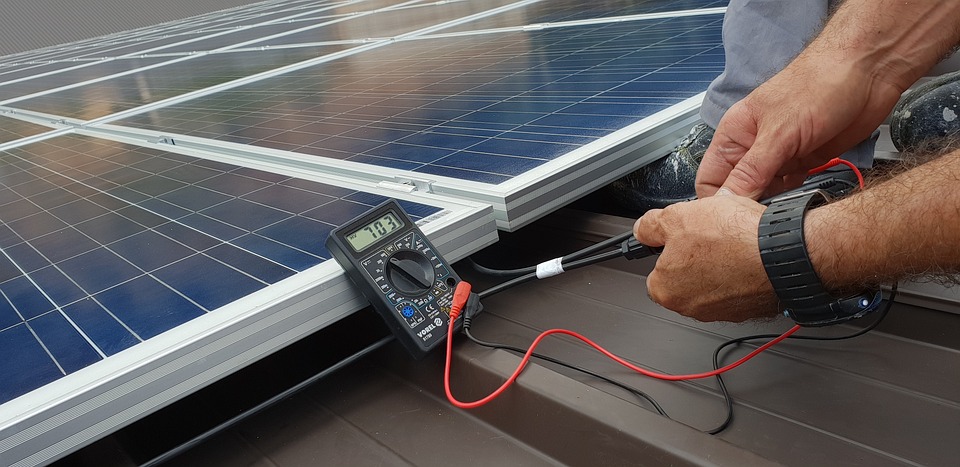
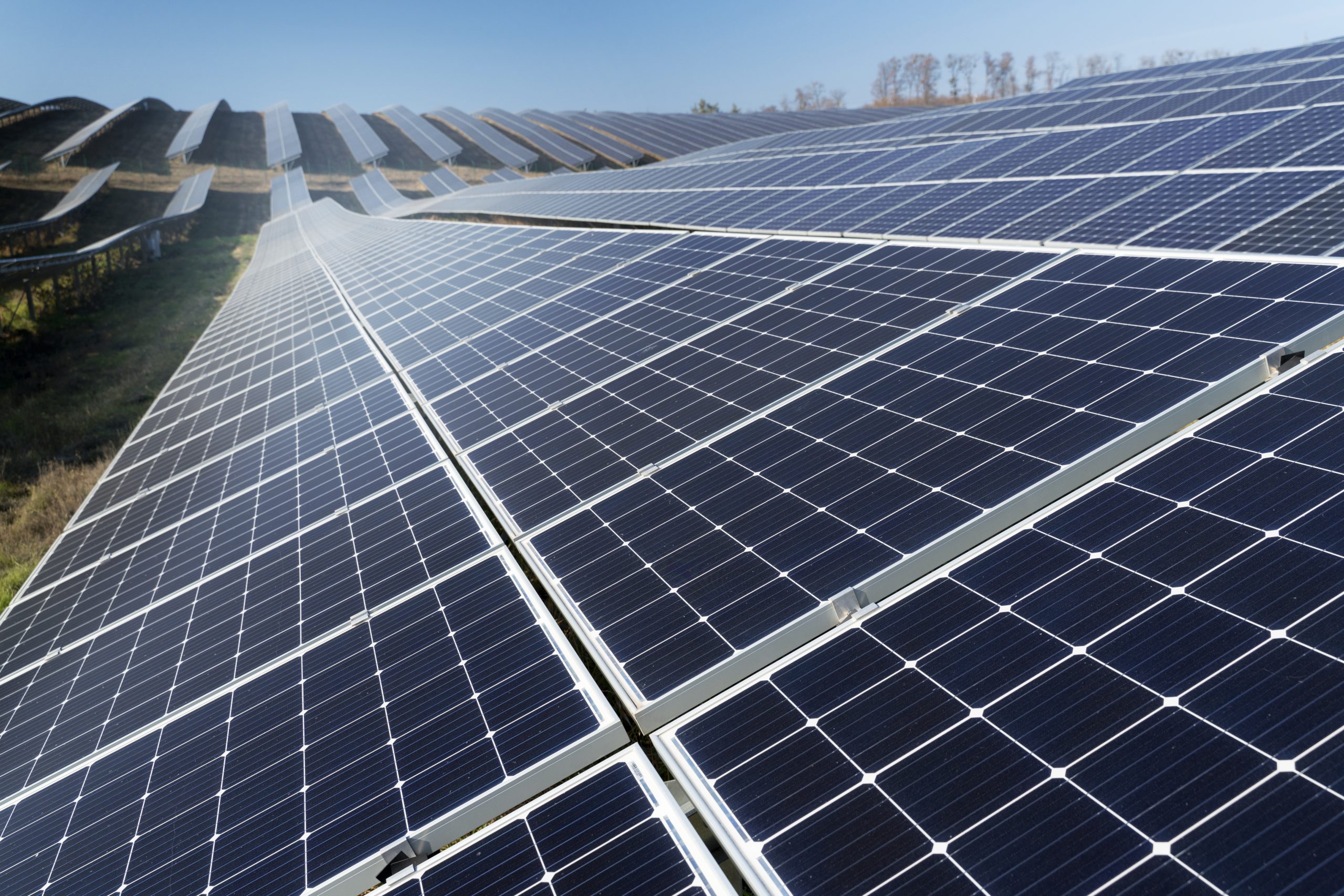
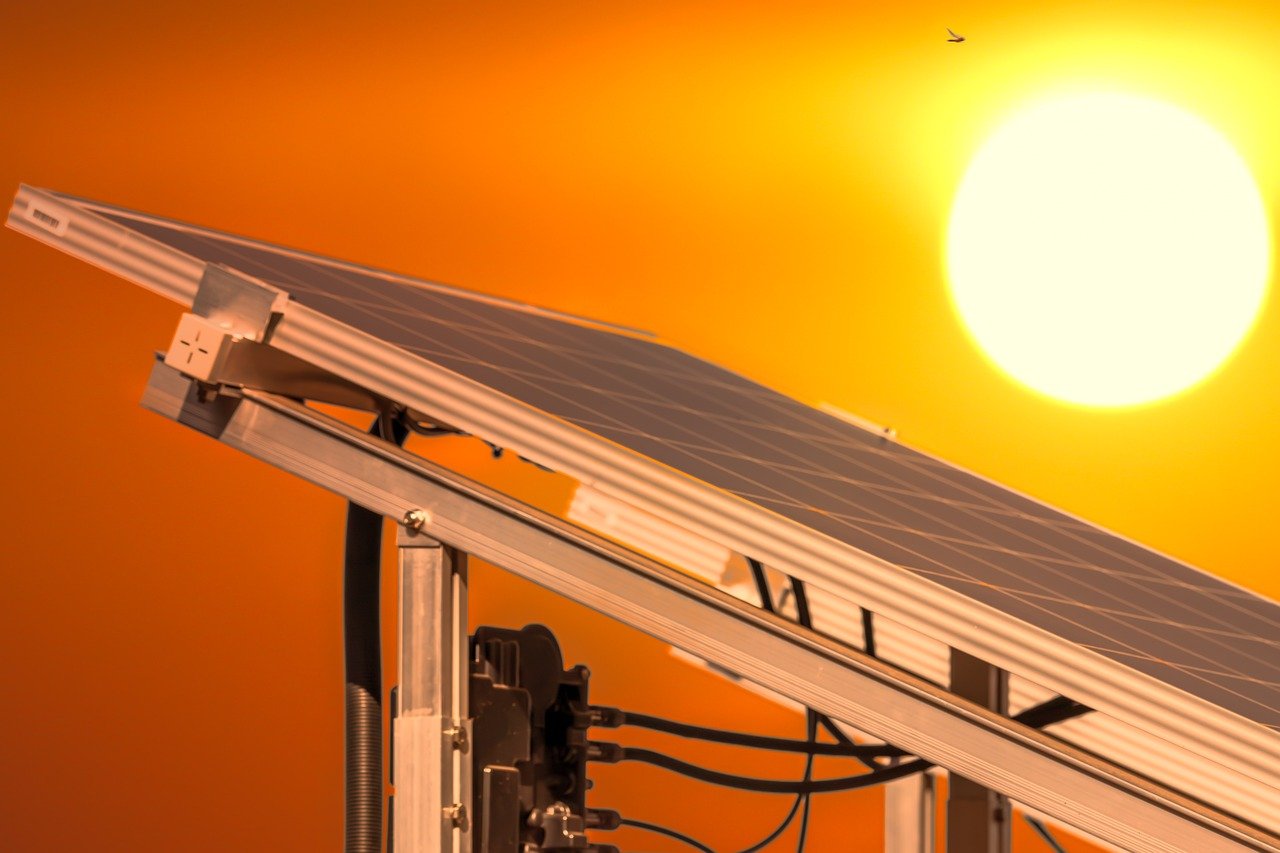
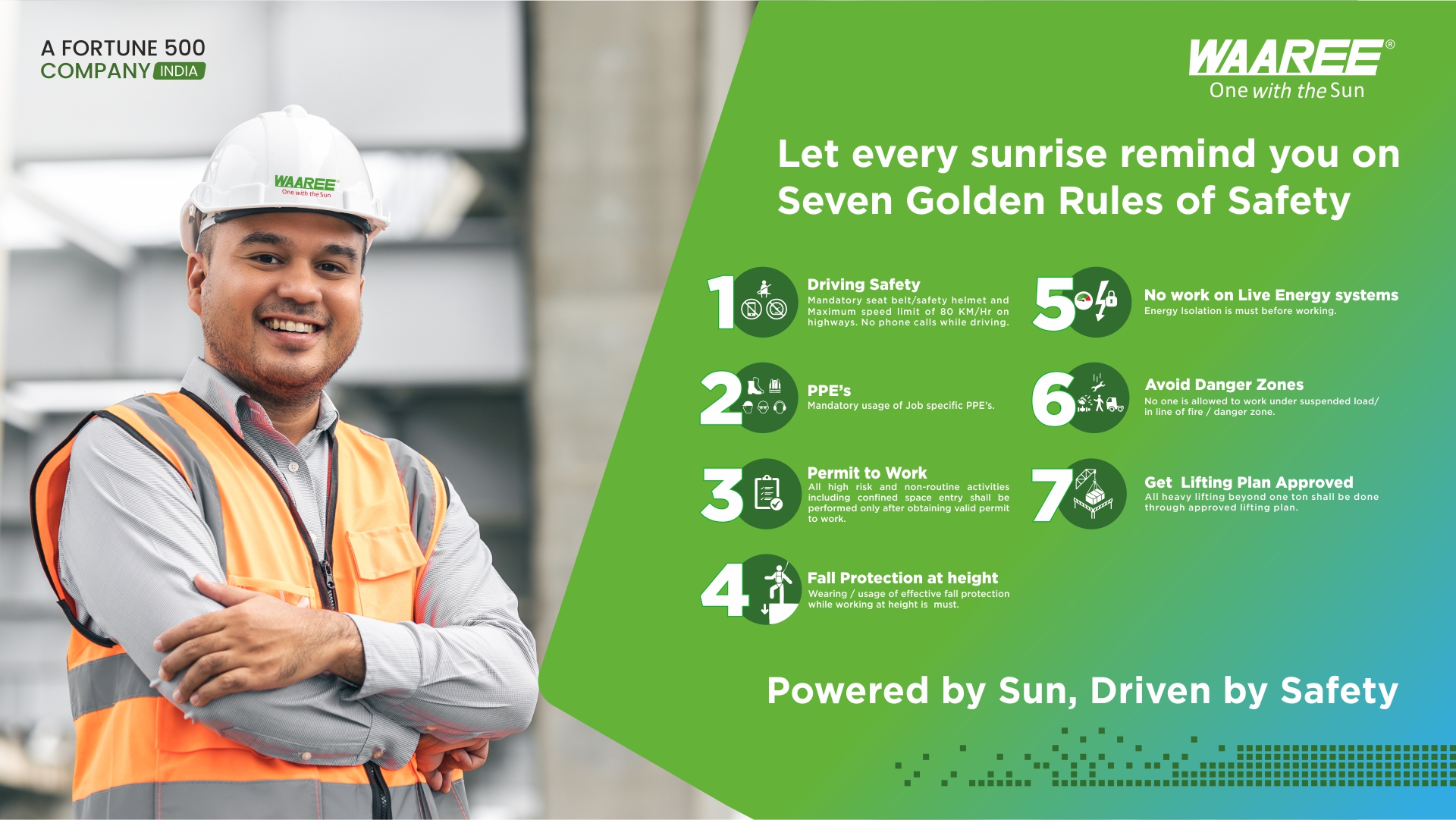
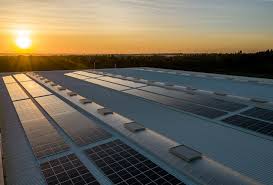
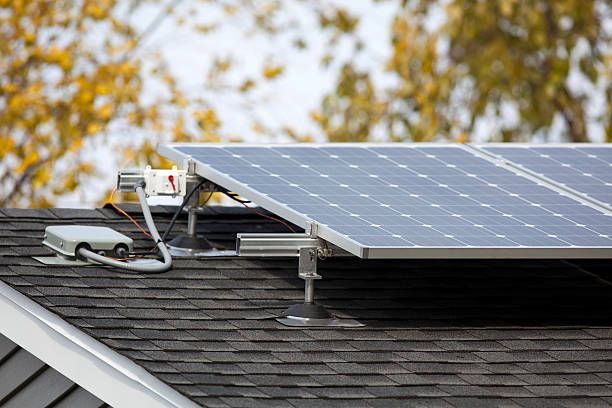
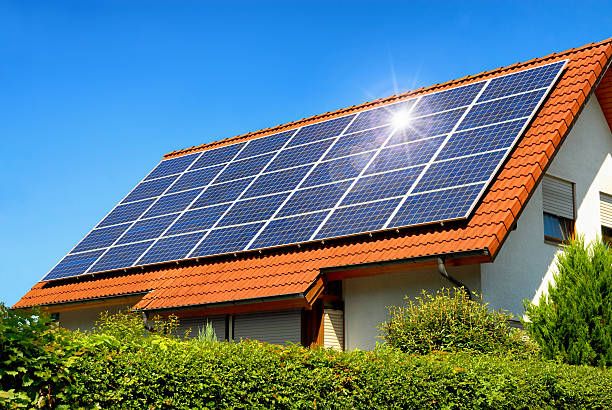
Solar panels capture the sun’s rays and convert them to heat or energy. Solar panels are made up of photovoltaic cells that can be used to generate power via the photovoltaic effect. Solar panels are a terrific long-term investment for many businesses, farms, and residences. It’s critical to understand the lifetime of solar before choosing if it’s good for you. In this article, you will learn how long a solar system can last, the effect of time on the solar panel, and how you can extend the life of your solar panel.
If you want to know how long solar panels last, continue reading.
The performance of solar panels can be guaranteed for up to 25 to 30 years. But your panels will likely continue to provide power for much longer. The “useful life” of a solar system is the first 25 to 30 years following installation. However, panels can continue to provide power for decades later.
At the age of 60, the world’s first modern solar panel is still producing power! Keep in mind that just because your solar panels are predicted to last a couple of decades doesn’t imply they’ll cease producing power. It simply implies that their energy output will drop.
Like most other equipment, solar panels do not perform at 100% beyond their average life span and eventually stop operating after 30-35 years. They produce less power as they age at a gradual rate. This process is termed degradation. The production warranties on most solar panels fluctuate as they age due to deterioration.
Throughout a solar panel lifespan, a solar panel with a lower degradation rate will produce more energy. The lower the rate of degradation, the better the solar panel. The rate of depreciation of solar panels is also dependent on the brand. Higher-quality panels will degrade at a slower rate than lower-quality panels, as you might imagine.
Solar panels degrade with time, resulting in less power being produced from the same quantity of sunlight. Solar power efficiency over time has decreased due to degradation. Many external variables (such as weather) wear down the panels, reducing their capacity to generate power. Micro cracks that occur in the silicon of the solar cells are one way that solar panels degrade. Electrical connections weaken as a result of these little fractures, resulting in fewer pathways for the electrons from the sun to take, and therefore less energy reaching your inverter and into your house, company, or farm.
Moist heat, humidity freeze, and ultraviolet (UV) exposure are the key variables that lead to normal degradation, all of which are caused by natural causes. Long-term exposure to high humidity at high temperatures, known as damp heat, can remove the substance that insulates the cells. Humidity freeze can affect junction box adhesion. Exposure to the sun’s ultraviolet radiation can discolor and degrade the back sheet.
Also Read: How reliable is Solar Energy?
The life expectancy of solar panels is 20-30 years, after which they tend to degrade. The degradation rate of a solar panel is the pace at which its power production decreases over time. The majority of the solar products now on the market degrade at a rate of 0.5% each year on average.
When it comes to solar technology, even a little reduction in efficiency can have a significant influence on your maximum savings potential. As a result, you must determine the rate of solar panel degradation before you buy it.
Solar panel degradation occurs at a rate of 1% each year on average. Solar panels, like other technology, will produce less energy with time. The degradation rate results in a reduction in power production. The median solar panel degradation rate is around 0.5% per year, which indicates that the energy output of a solar panel will drop by 0.5% every year. Your panels should still be producing around 90% of their original output after 20 years.
You may take the following measure to extend the life of your solar panels:
The industry norm for the useful life of a solar panel is 25-30 years. A solar panel will not expire after 25-30 years; rather, its performance will drop. Even if your solar system has reached the end of its useful life, it may still generate electricity and help you save money. A solar panel’s “useful life” ends when its output falls below 80%, although this does not imply that it is worthless. The panels will continue to provide electricity for many years but at a decreased efficiency.
Making power more sustainable and affordable is the way of the future. Investing in a solar panel is a good choice. So, if the concept of a solar panel appeals to you, what are you waiting for?
Waaree offers the highest quality solar panels and solar products. Waaree is always here to help you get closer to your ideal sustainable future.
Read more: How efficient are solar panels in 2022?